Dr. Dennis Johnston on Student and Educator Agency with AVID
Key Points
-
The four domains of all school districts are instruction, systems, leadership and culture.
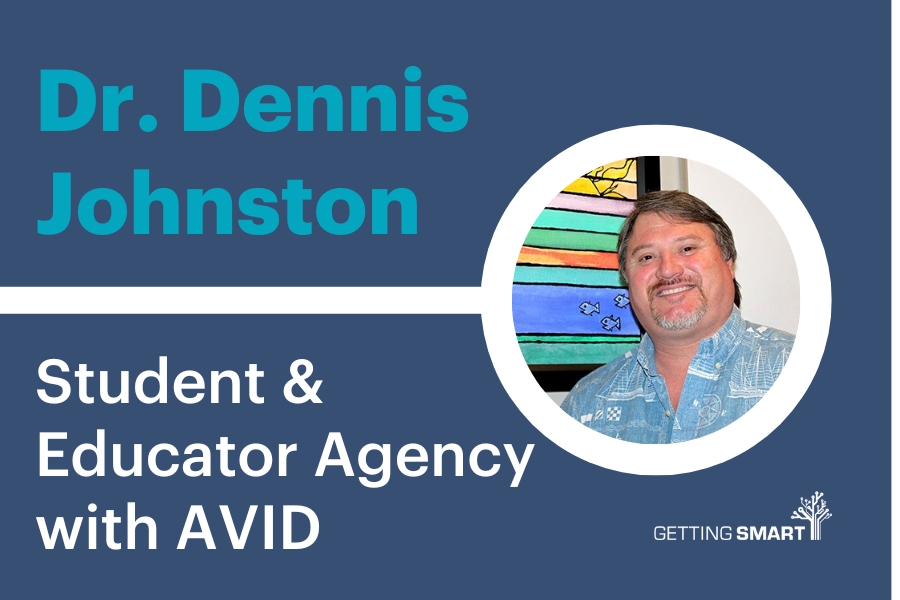
This episode of the Getting Smart Podcast is a part of our New Pathways campaign. In partnership with American Student Assistance® (ASA), the Bill & Melinda Gates Foundation, Stand Together and the Walton Foundation, the New Pathways campaign will question education’s status quo and propose new methods of giving students a chance to experience success in what’s next.
On this episode of the Getting Smart Podcast, Shawnee Caruthers is joined by Dr. Dennis Johnston, Senior Director and Chief Research Officer at AVID, a resource for professional development, feedback and continued knowledge sharing.
Collective educator agency is an accelerant that drives AVID.
Dennis Johnston
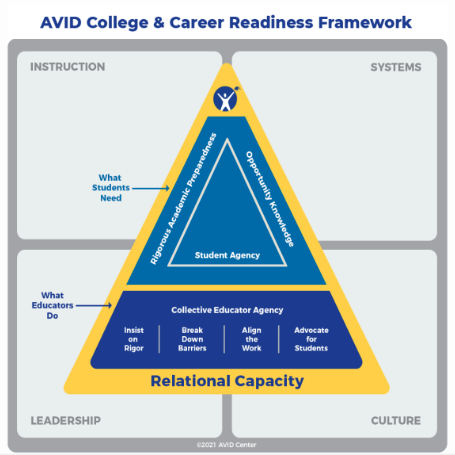
Here’s the transcript with the requested formatting, including bolded speaker names and all content preserved:
Shawnee Caruthers: You are listening to the Getting Smart Podcast. I’m Shawnee Caruthers, and today I’m joined by Dr. Dennis Johnston, Senior Director and Chief Research Officer at AVID. Dennis, how are you this morning?
Dennis Johnston: I’m terrific. Thank you so much for having me. I appreciate the opportunity.
Shawnee Caruthers: Absolutely, thanks for being here. I was saying before the show started that I’m such an avid fan. Coming from my previous background, I was able to interact with AVID, so I truly understand the power of it. I’m excited for our listeners to hear why AVID is so amazing for students from your perspective. You all talk a lot about this idea of “possibility” within AVID. What does that mean?
Dennis Johnston: Well, possibility for us is really bigger than just dreaming big, and it goes beyond content knowledge. It’s about what comes before the opportunity even presents itself. AVID is all about empowering educators—we focus on system inputs. We support educators in developing what it takes for kids to engage, recognize, access, and then take advantage of the opportunities that present themselves in their futures.
Shawnee Caruthers: For people who may not be as familiar, can you give us a little background on what AVID is?
Dennis Johnston: Sure. AVID stands for Advancement Via Individual Determination. It was developed by Mary Catherine Swanson in 1980, so we’ve been around for over four decades. We started as an elective class for high school students, addressing the challenges faced by low-income and minority students entering predominantly middle-class, Caucasian schools. Mary Catherine recognized that not only were these students struggling to engage with rigorous instruction, but teachers were also having difficulty meeting the students where they were.
She created what we know today as AVID by packaging research-based practices. Mary Catherine didn’t invent the binder or the various strategies we use, but she structured them so that we can train educators in as few as three days. They leave excited and ready to apply these strategies, making AVID a simple yet powerful tool in classrooms.
Shawnee Caruthers: Is it working?
Dennis Johnston: Amazingly well. Our AVID students, especially those in secondary levels enrolled in the AVID elective class, show remarkable outcomes. Nine out of ten students who take the AVID elective for three or more years are accepted to at least one four-year institution. They’re enrolling and persisting at rates higher than the national average in both four-year and two-year institutions. Our six-year graduation rates are close to the national average, despite predominantly serving low-income and minority students who lack a history of college-going. AVID breaks down barriers to what we sometimes call the “hidden curriculum”—the essential skills students need to navigate college and career pathways.
Shawnee Caruthers: Why do you think students choose AVID? It’s not just a simple class; there’s a process and management skills they have to adopt. Why do students want to be part of it?
Dennis Johnston: At the secondary level, AVID is an elective class that meets daily, like any other class, but it’s more than just another class. At the elementary level, AVID is integrated throughout the school day, with teachers embedding inquiry-based strategies in their daily instruction. Students learn how to be dynamic, self-driven individuals who own their learning, rather than just being told what they have to know.
Shawnee Caruthers: Do you have any success stories to share about how AVID has impacted student agency?
Dennis Johnston: There are so many stories, but one that stands out happened about a decade ago. I was visiting a high school in Texas that was implementing AVID school-wide. During passing period, a student came up to me, read my name tag, and said, “Dr. Johnston, you’re from AVID, right?” I asked if he was in the AVID elective, and he replied confidently, “We’re all AVID students here.” He wasn’t actually enrolled in the elective, but he still felt connected to AVID, which speaks to the impact AVID has when it’s implemented school-wide.
Shawnee Caruthers: Was that the inspiration for the College and Career Readiness Framework? Can you tell me more about it?
Dennis Johnston: Yes, in a way. For years, we’ve wanted AVID strategies to impact all students, not just those in the elective. The College and Career Readiness Framework is an articulation of AVID’s theory of action. It’s built on four domains—Instruction, Systems, Culture, and Leadership—which are present in every school. We also identified four key actions for educators: insisting on rigor, breaking down barriers, aligning work to reduce confusion for students, and believing in and advocating for students. At the top of the framework are inputs we believe every student needs: opportunity knowledge, agency, and rigorous instruction.
Shawnee Caruthers: Can you make the framework come alive? What does it look like in practice?
Dennis Johnston: Sure. The foundation of the framework is relational capacity, which is the trust and authenticity built between educators and students. Relational capacity enables a culture of vulnerability, where students feel safe to take academic risks. Teachers can establish this by simply greeting students at the door. Such simple gestures build trust and make students feel seen, encouraging them to take risks in their learning.
Shawnee Caruthers: So would you agree that the first step in creating belonging is establishing a culture of trust?
Dennis Johnston: Absolutely, 100%. It starts with the staff and leaders modeling this culture. When teachers welcome colleagues into their classrooms for feedback, that’s a sign of a culture of vulnerability. We also focus on collective educator agency, the accelerant that helps AVID succeed. AVID provides strategies that make learning transparent for students, so they know what’s needed for college and career readiness.
Shawnee Caruthers: I want to lean into the career part of AVID. The goal isn’t just about college, right? It’s about creating lifelong learners?
Dennis Johnston: Absolutely. AVID is about empowering individuals, helping them discover their passions and expand their understanding of what’s possible. For first-generation college students like myself, that’s life-changing. Opportunity knowledge—broadening students’ horizons—and building agency are key parts of AVID’s mission.
Shawnee Caruthers: Besides curiosity, what else excites you about AVID’s work today?
Dennis Johnston: My team and I are focused on research, particularly on student and educator agency. We recently developed a Student Agency Survey and a Collective Educator Agency Survey. Initial findings show that students in the AVID elective report higher levels of agency than those not in AVID. We’re presenting these findings at AERA in Chicago, which is very exciting.
Shawnee Caruthers: I love that you’re breaking down the framework and assessing its components. How can we help students see beyond their immediate surroundings?
Dennis Johnston: Simple strategies can expand students’ perspectives. Guest speakers, career fairs, college banners, and introducing diverse role models can help. Teachers play a key role in incorporating students’ excitement into the curriculum, encouraging them to pursue their interests.
Shawnee Caruthers: This conversation is a reminder that school is messy, chaotic, and beautiful—a place for students and teachers to cultivate a love for lifelong learning. Thank you for sharing AVID’s story with us, Dennis.
Dennis Johnston: Thank you, Shawnee. It’s been a pleasure.
Shawnee Caruthers: And a quick thank you to our podcast producer, Mason. Thank you!
Links:





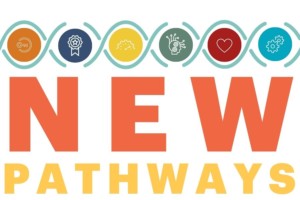
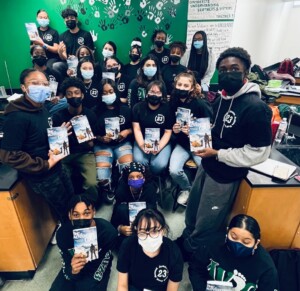
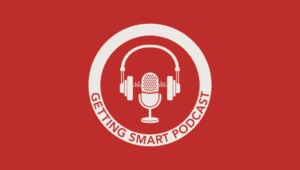
0 Comments
Leave a Comment
Your email address will not be published. All fields are required.